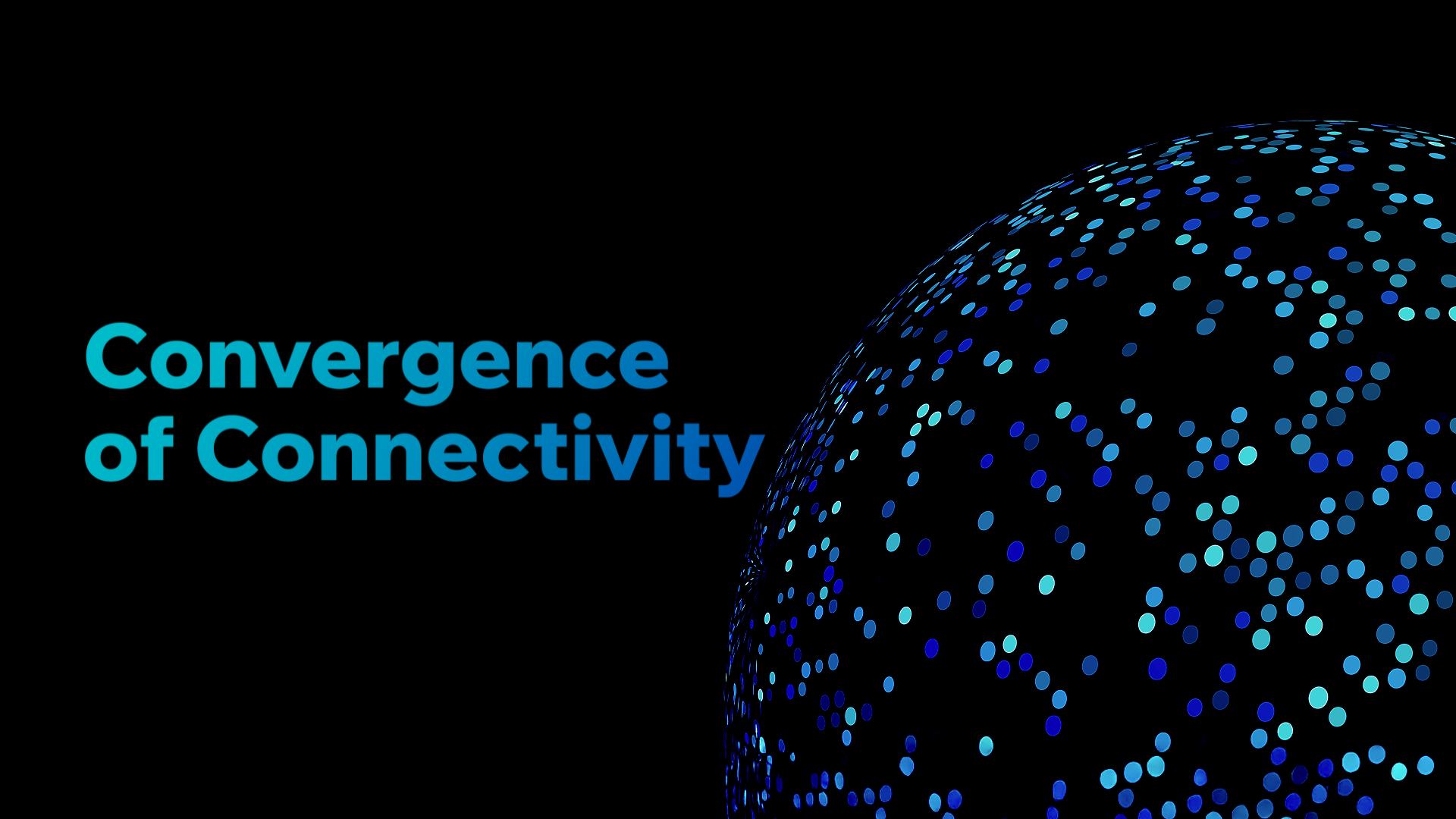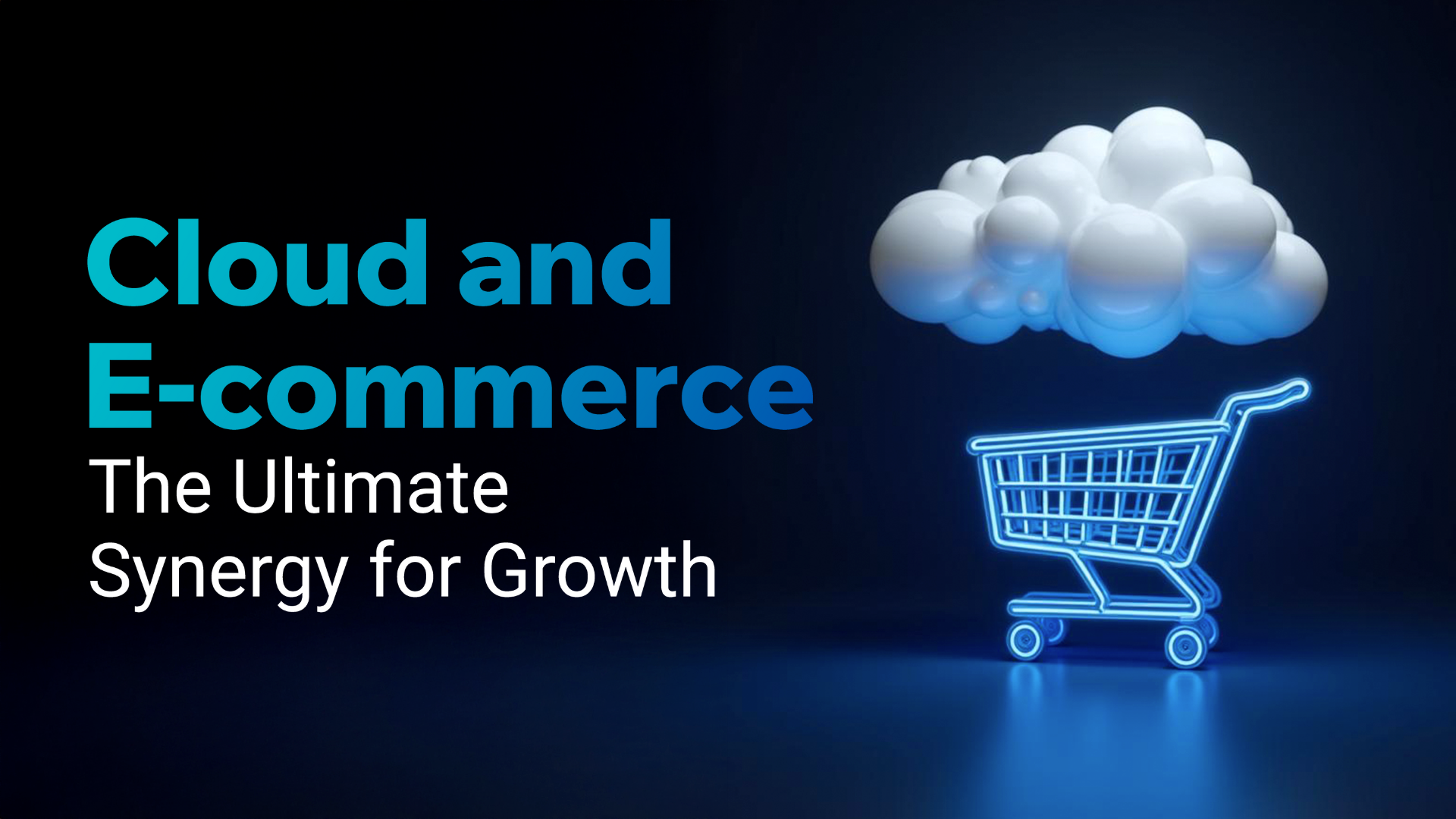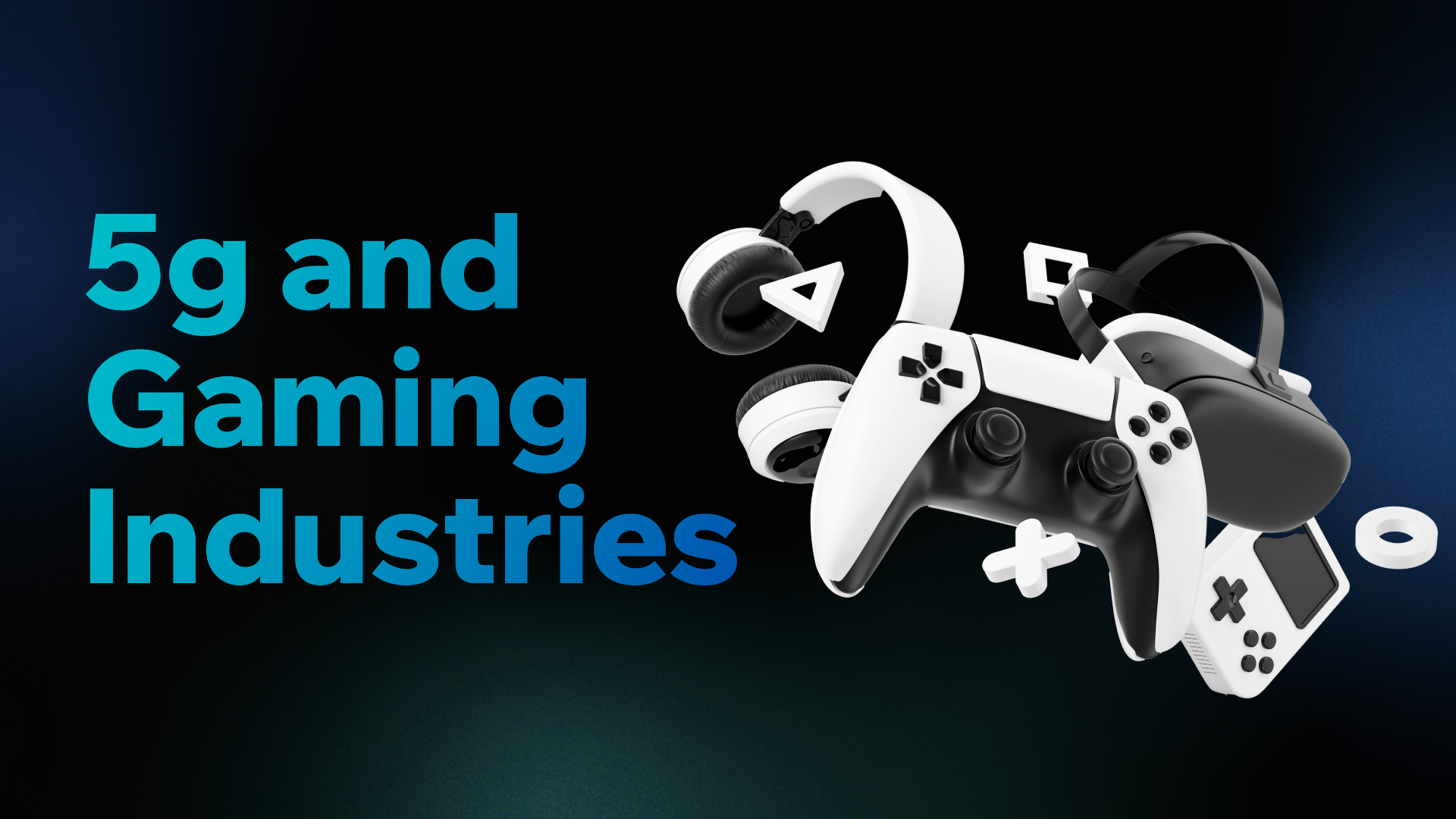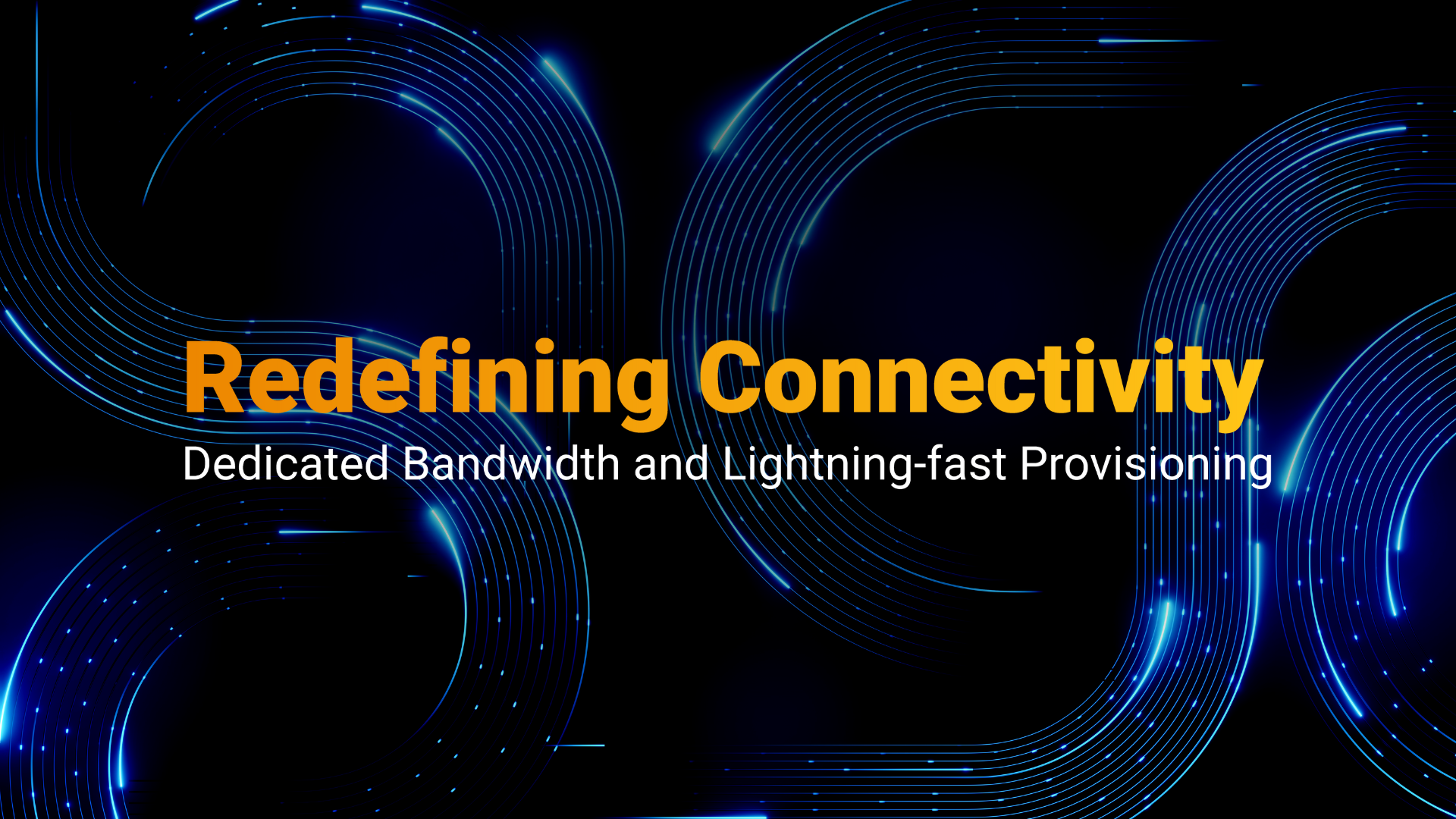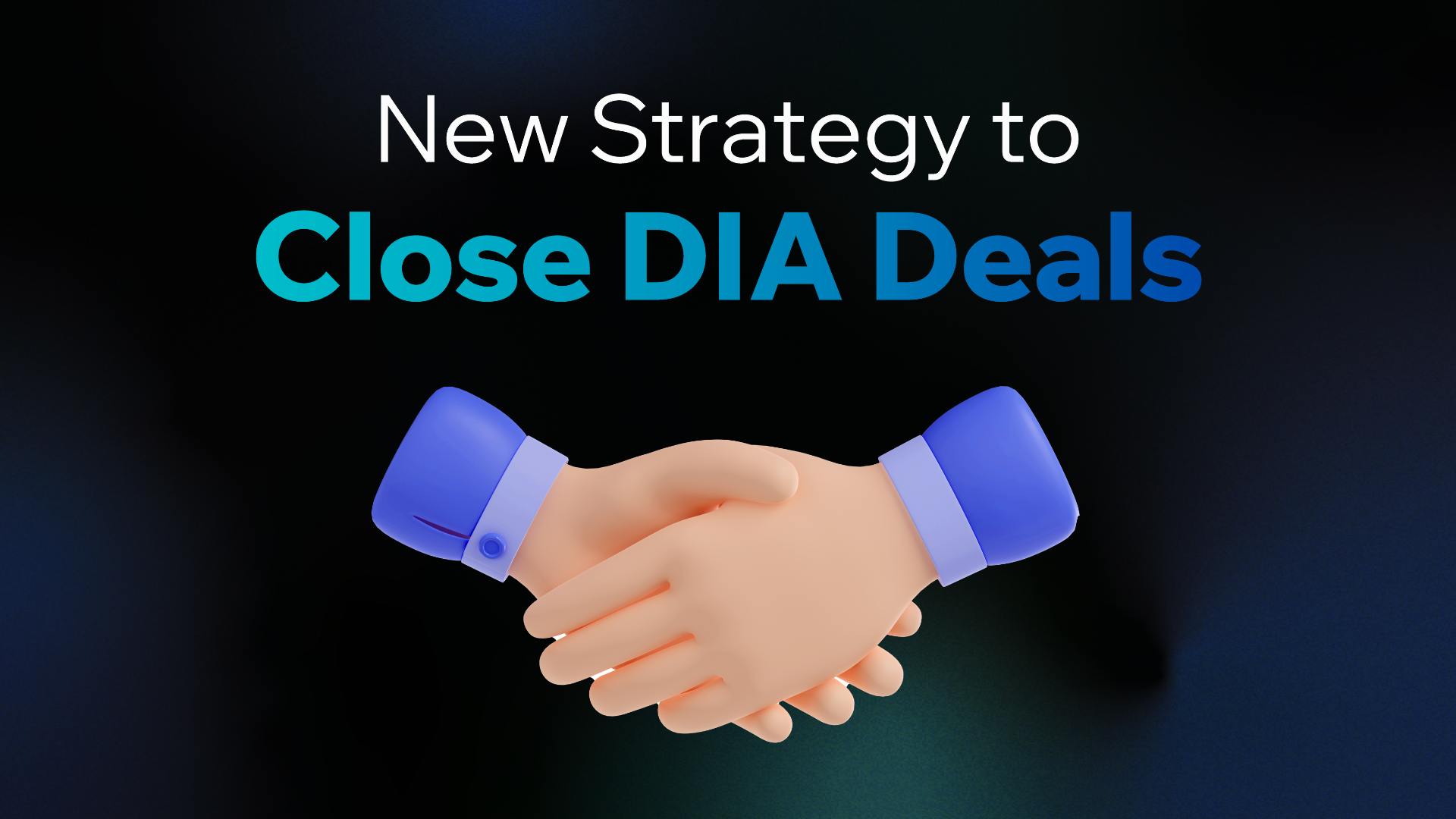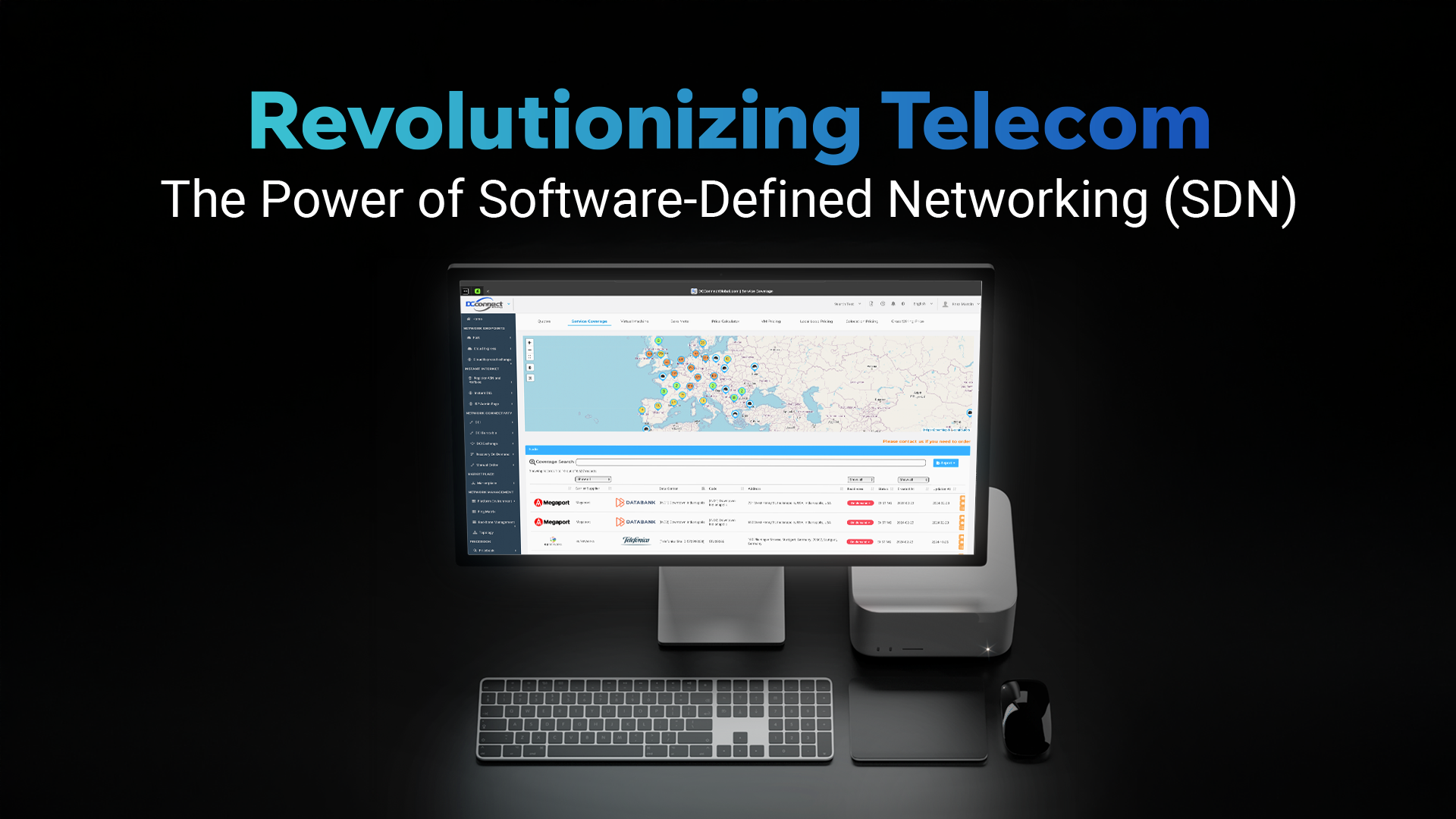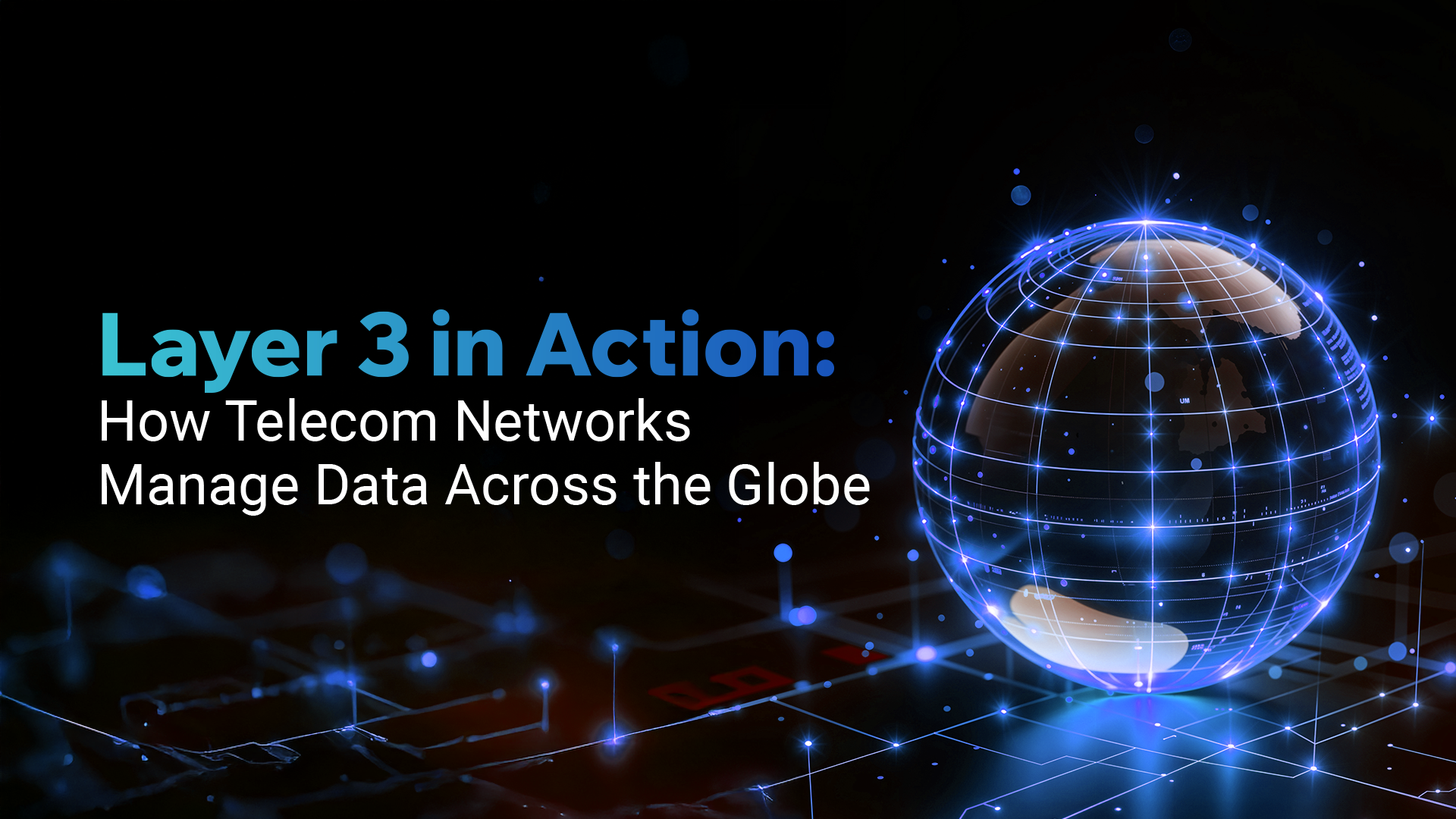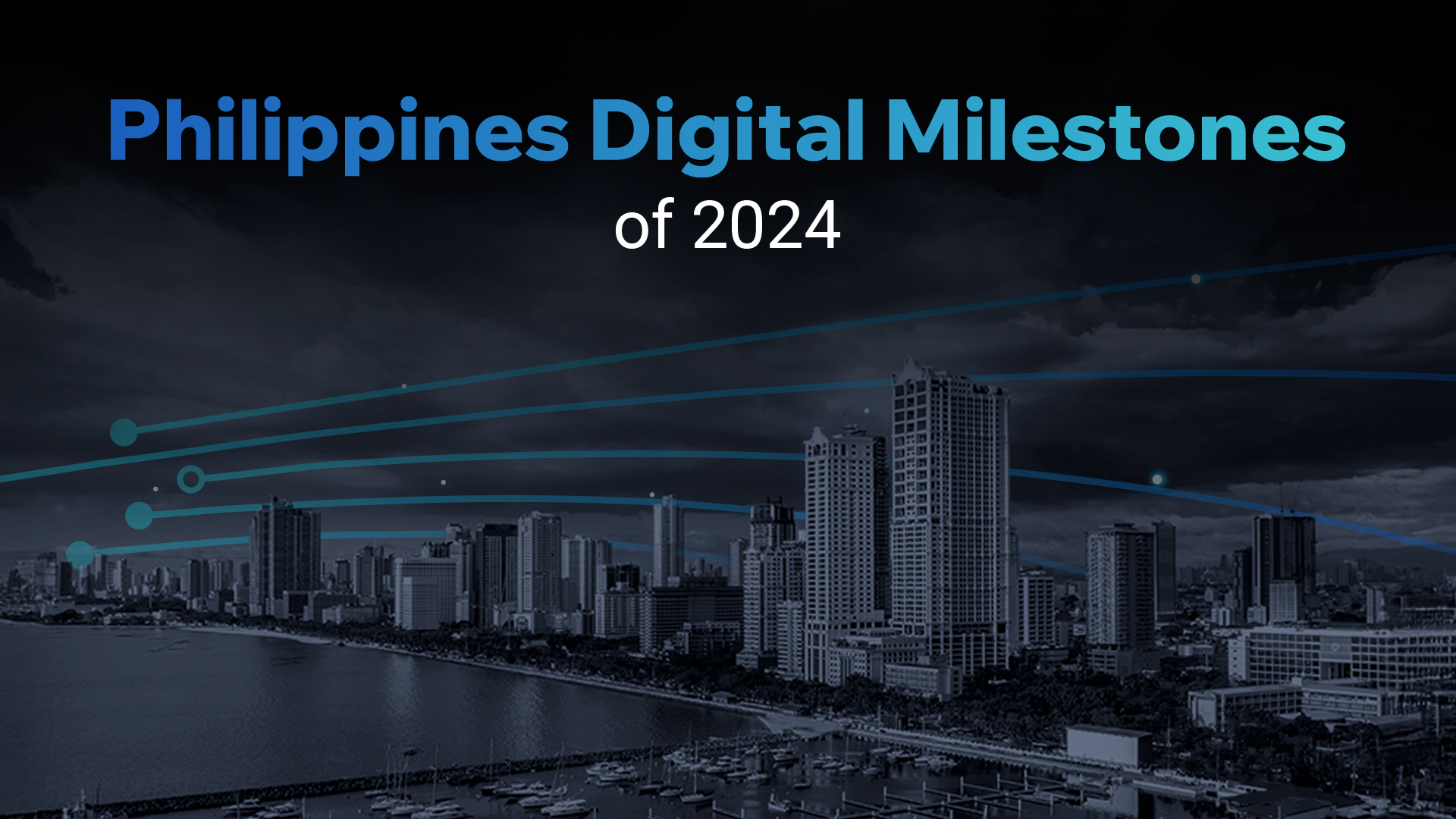
Philippines Digital Milestones of 2024
With a country as vibrant as the Philippines, it’s no surprise that its digital landscape has become a unique reflection of its dynamic people. As stated on Data Reportal, In 2024, the state of digital adoption in the country tells a story of growth, opportunity, and boundless potential. From social media-savvy Filipinos lighting up the internet to improved internet speeds making the world more accessible than ever, the Philippines is thriving in the digital age. Let’s dive into the latest numbers and trends that showcase just how connected this archipelago of over 7,000 islands has become. 1. Internet Access 86.98 million internet users at the start of 2024. Internet penetration reached a remarkable 73.6 percent. The internet has become a vital tool for communication, education, entertainment, and entrepreneurship, connecting millions across the archipelago. 2. Social Media Engagement 86.75 million social media users as of January 2024, making up 73.4 percent of the total population. These numbers highlight the Philippines’ reputation as one of the most socially engaged nations globally, with platforms like Facebook, TikTok, and Instagram being central to how Filipinos express themselves and stay connected. 3. Mobile Dominance The country recorded 117.4 million active cellular mobile connections , equating to an incredible 99.3 percent of the population. Mobile devices are now a cornerstone of the Filipino digital lifestyle, from streaming videos and shopping online to attending online classes and running businesses on the go. 4. Improved Internet Speeds – Median mobile internet speed reached 27.75 Mbps , a 15.4 percent increase (+3.71 Mbps) compared to the previous year. – Median fixed broadband speed rose to 92.19 Mbps , marking a 13.1 percent increase (+10.71 Mbps) in the last 12 months. These speed upgrades are unlocking new opportunities for innovation, remote work, and seamless connectivity. The numbers are clear: the Philippines in 2024 is a nation on the move, digitally empowered and more connected than ever. Whether it’s creating viral TikTok videos, launching online businesses, or staying in touch with loved ones abroad, Filipinos are proving every day that technology isn’t just a tool—it’s a bridge to a brighter, more connected future. The question now isn’t whether the nation will continue growing digitally, but how fast it will go further. And with these latest advancements, the Philippines is poised to lead the charge in Southeast Asia’s digital revolution. With dynamic internet usage, a thriving mobile ecosystem, and a love for social media, Filipinos are taking full advantage of the global digital revolution. As speeds improve and technology becomes even more accessible, one thing is clear—the Philippines is ready to continue growing, innovating, and leading in the digital age.

